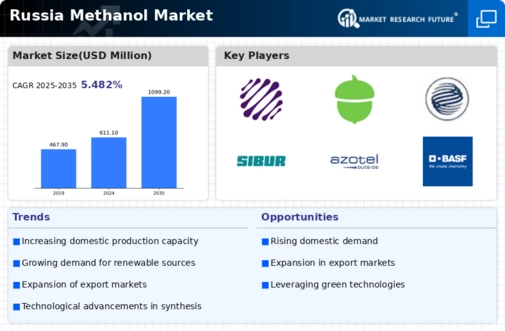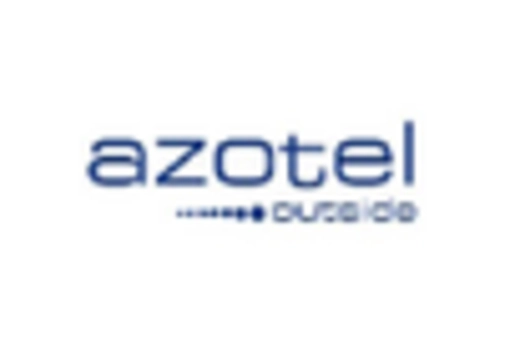The Russia methanol market is characterized by its dynamic competitive landscape, influenced by various factors including production capabilities, technological advancements, and regulatory frameworks. Key players in this market are leveraging innovative processes to enhance their production efficiency and reduce operational expenses, thus enabling them to maintain a competitive edge.
Driven by its uses in many sectors including energy, agriculture, and chemicals, demand for methanol has increased, rendering the competitive landscape of this market as a strong ecosystem. Current players strive to maximize their market position, while new entrants attempt establish their niche. Major firms' strategic actions, such as infrastructure investments and strategic alliances, greatly shape the overall market picture, generating both possibilities and challenges.
Metafrax stands out prominently within the Russia methanol market due to its significant production capacity, which positions the company as a leader in the region. This organization has established a solid market presence with a diverse product portfolio that extends beyond methanol to include formaldehyde and various chemical derivatives. Metafrax’s strengths include its advanced production technologies and a strategic focus on sustainability, allowing it to cater to the evolving demands of the market.
The company has invested heavily in research and development to enhance its operational efficiency and address environmental concerns, thereby solidifying its reputation among stakeholders. Its robust distribution network further amplifies its competitive stature, ensuring a reliable supply chain that meets the needs of various industries relying on methanol as a key input.
Acron also holds a notable presence in the Russia methanol market, primarily known for its extensive range of products, including methanol and other nitrogen-based fertilizers. The company prides itself on integrating advanced technologies into its production processes, which not only boost efficiency but also aligns with contemporary environmental standards. Acron's market presence is bolstered by its strategic partnerships and collaborations, which enhance its operational capabilities and market reach.
The organization has engaged in mergers and acquisitions to expand its footprint within the chemical sector, thus fortifying its position in the methanol market. Through its commitment to innovation and sustainable practices, Acron continues to strengthen its competitive This position contributes to the overall growth and development of the methanol industry in Russia.


















Leave a Comment